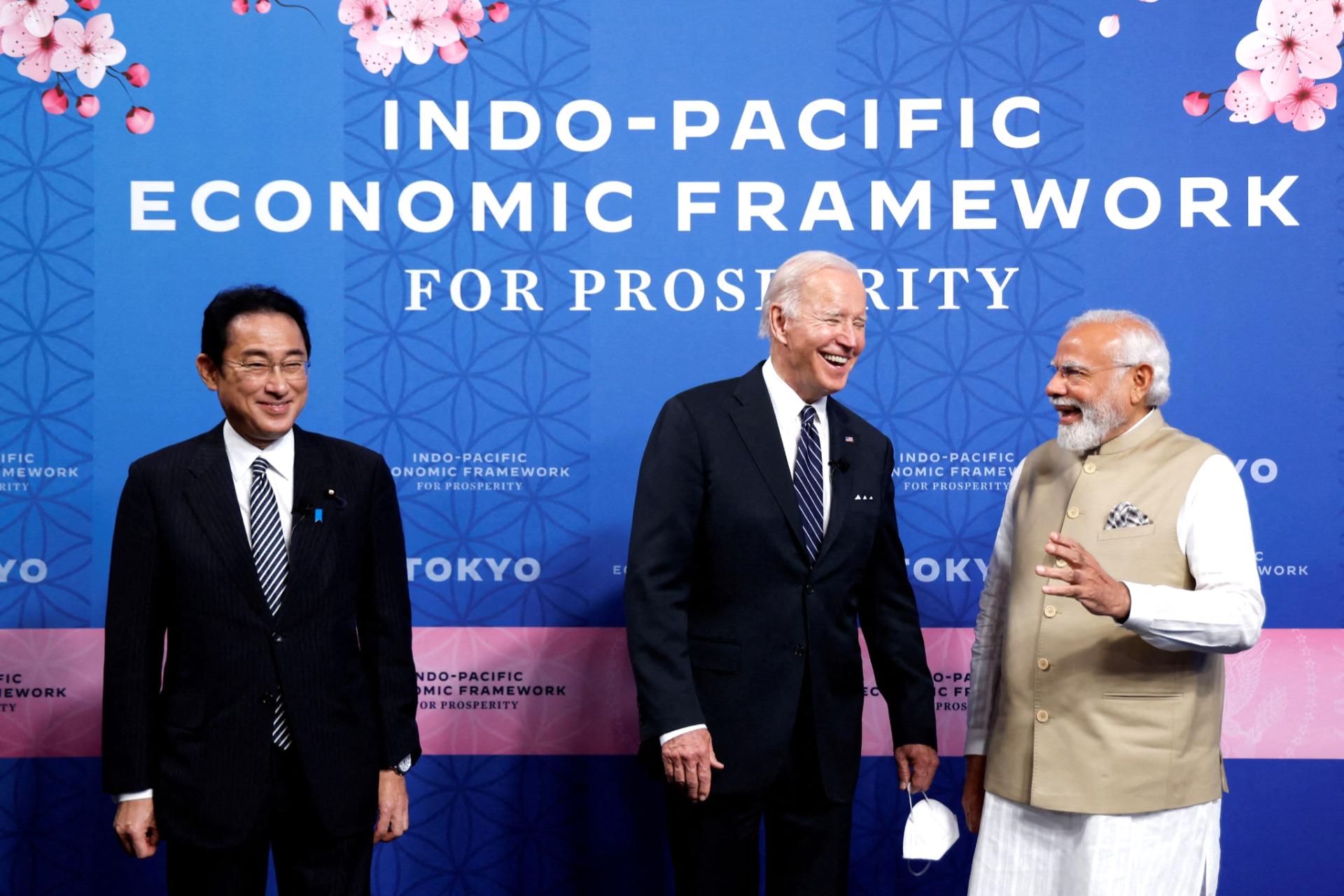HLS.Today – The Department of Defense released the unclassified National Defense Strategy (NDS), Nuclear Posture Review (NPR), and Missile Defense Review (MDR).
For the first time in its history, the Department conducted all major strategic reviews in an integrated way, aligned with the National Security Strategy. By weaving these documents together, the entire Department is matching resources to goals.
The 2022 NDS sets the Department’s strategic direction and priorities for the Joint Force, identifying how the U.S. military will meet growing threats to U.S. national security interests and to a stable and open international system.
The 2022 NDS identifies four top-level defense priorities that the Department must pursue to strengthen deterrence:
Defending the homeland, paced to the growing multi-domain threat posed by the People’s Republic of China (PRC);
Deterring strategic attacks against the United States, Allies, and partners;
Deterring aggression, while being prepared to prevail in conflict when necessary – prioritizing the PRC challenge in the Indo-Pacific region, then the Russia challenge in Europe, and;
Building a resilient Joint Force and defense ecosystem.
The 2022 NDS also identifies three ways in which the Department will achieve its priorities – integrated deterrence, campaigning, and building enduring advantage.
The 2022 NPR reaffirms that as long as nuclear weapons exist, the fundamental role of U.S. nuclear weapons is to deter nuclear attack on the United States, our Allies, and our partners. The United States would only consider the use of nuclear weapons in extreme circumstances to defend the vital interests of the United States or its Allies and partners. The NPR takes a comprehensive and balanced approach to defending vital national security interests and reducing nuclear risks while affirming a continuing commitment to a safe, secure, and effective nuclear deterrent and strong and credible extended deterrence.
The 2022 MDR underscores that missile defense contributes to integrated deterrence by undermining a potential foe’s confidence in its ability to mount a successful attack.
The NDS argues that the Department of Defense’s most urgent priority is competing with China. The release of the NDS marks a pivotal moment for U.S. defense policy in the Indo-Pacific, and senior CSIS experts will share their insights on countering China, the possibility of war in the Taiwan Strait, allies and partners, and other national security issues across the region.
Transcript Abstract:
Welcome and thank you for joining us.
We’re here to discuss the recently released National defense strategy by the U.S Department of Defense in particular focusing on the implications for the Indo-Pacific including countries like China and North Korea.
My name is Seth Jones I’m the senior vice president and director of the International Security program I have with me a an All-Star cast I have to my right Dr Victor cha who is senior vice president for Asia and Korea chair and a prolific author and former U.S government official I have Carrie Bingen to my left who is the director of the Aerospace security project and Senior fellow in the International Security program at the center for strategic international studies and then I have Christopher Johnstone who’s senior advisor and Japan chair and recently left the National Security Council of the bite Administration thanks to all of you for joining us here today.
Well Chris let me start with you um for any American that is wondering about the focus of the national defense strategy. It’s pretty straightforward the most significant threat the pacing challenge as the document calls it is China so can you start us off with your view of what the threat looks like from China. Why should Americans care about the threat from China?
I mean what’s welcome about the NDS picking up on the National Security strategy which was released a couple of weeks ago is this clear articulation of China as the pacing threat, the thing that the National Security establishment needs to focus on and Orient our resources and strategy around why China is a threat.
I’d say a few things first of all it’s a physical threat potentially to some of our closest friends and partners in Asia obviously to Taiwan as territorial claims that threaten our good friend Japan territorial claims that threaten Partners in in Southeast Asia the Philippines Ambitions that even extend onto the onto the Korean Peninsula so there’s a physical dimension of this that that affects our friends and affects Americans that live in that region.
Then there’s the economic dimension of China this is clearly a country that seeks to revise the rules of trade in a way that favors its own countries and industries seeks to control critical technologies that are Central to the well-being of Americans into the future of the United States and to upend the rules-based order to enable them to control those Technologies and they have not been shy about seeking to undermine Democratic institutions and values around the world where they see countries taking positions that are at odds with their interests.
Our good friend in Australia experiences this directly where there are very clear efforts on the part of China to to influence politics there so this is a comprehensive challenge the NDS obviously is focused on the military dimension of it.
But given what we see of China’s Behavior worldwide it’s an appropriate Focus thanks Chris Carrie your last government job was as the deputy under secretary of defense for intelligence and security so you certainly have a perspective based on Chinese activities space intelligence cyber activities what’s your sense of the threat thanks that you know.
I thought it was important that there was continuity in this document and I think the focus on the China threat is is is very good if I think about it in military terms we never want to send our young men and young women onto a battlefield in a fair fight why the heck would we so that our our military advantage on the battlefield has long come from our technological advantage but what we’re seeing the Chinese do in so many different dimensions is they are going after our advanced technology stealing it from our technology sector.
Our phenomenal industrial base and then they have plowed significant resources into advancing their own Advanced weapon systems they have no less than 10.
What I’ll call Mega projects which would be the equivalent of each one alone would be the equivalent of our Manhattan era projects artificial intelligence space Quantum Computing they clearly want to have that technical technological advantage that whereas before we had the advantage now we may see a comparable if not better adversary on the battlefield and that’s deeply concerning.
To me the economic piece is incredibly focused on that economic advantage that they get from these technology areas and then the social piece artificial intelligence you see what they’re doing in terms of surveilling their own people with that technology.
HLS.Today 2022-NATIONAL-DEFENSE-STRATEGY-NPR-MDR
HLS.Today Source: Defense.GOV








